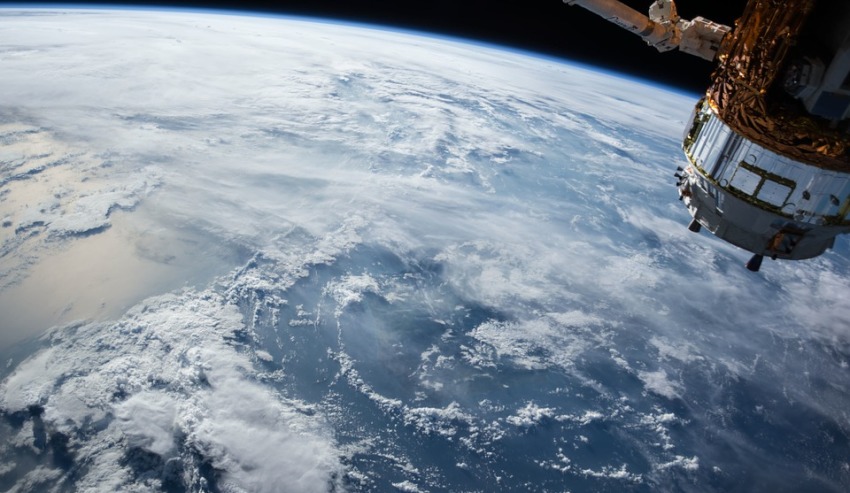Europe accounted for the largest share of SAR systems in 2017 and is expected to gross US $2 billion by 2024 and is credited by the large number of projects driven by countries including Russia, Germany, the UK and Finland. Reinforcing this, the European Space Agency's (ESA) 2018 budget saw over 52 per cent allocated toward driving SAR capabilities in the space sector.
Wider global demand driven by the US, China, India, Japan, Israel, Singapore and South Korea are resulting in the development of increasingly complex multi-satellite constellations to meet the increasingly complex demands of government, militaries, industry and research organisations around the world.
The growing commercialisation of enhanced imagery data, particularly for use in navigation, earth observation, scientific programs, technology support and situational awareness capacities provided by SAR capabilities when compared with traditional sensor technologies, provides avenues for Australia to build on current commitments spearheaded by the CSIRO's investment in the NovaSAR satellite.
NovaSAR, developed by UK-based Surrey Satellite Technology Ltd (SSTL) will provide the CSIRO and wider Australian research community with access to an advanced form of radar technology, including S-band SAR providing high resolution images of Earth from space.
CSIRO's 10 per cent share of 'tasking and acquisition' time on the NovaSAR satellite, worth $10.45 million over seven years, allows CSIRO to direct the satellite's activity over Australia, download and process data, while developing domestic expertise in the operational management and capabilities of space-based SAR technology.
In particular, CSIRO's use of NovaSAR provides a number of practical applications, including:
- Rapid natural disaster identification, monitoring and assessment for bushfires, cyclones, floods, earthquakes, pollution and oil spills;
- Improved infrastructure and agriculture mapping in northern Australia;
- Crop monitoring and assessment, including plant biomass and soil moisture;
- Detecting illegal deforestation;
- Flood risk assessment; and
- Monitoring shipping routes to detect illegal fishing, piracy and similar activities.
GMI's report identifies these as key areas of continued, significant growth. The report also highlights the increasing use of space-based SAR capabilities for military surveillance and reconnaissance, maritime surveillance and counter-piracy intelligence gathering.
As growing demand continues to drive the international development of space-based SAR capacity, Australia's National Innovation and Science Agenda provides opportunities for Australian companies to collaborate with major industry leaders ranging from Airbus SE, BAE Systems, Israel Aerospace Industries, Lockheed Martin, MDA Information Systems, Northrop Grumman Corporation, Raytheon and Thales Group.
For Australian satellite and internet of things (IoT) companies like industry-leading nano-satellite developer Saber Astronautics and space-based IoT company Fleet, the skies have never been clearer as Australian industry, government and the international interest align in developing the final frontier.

